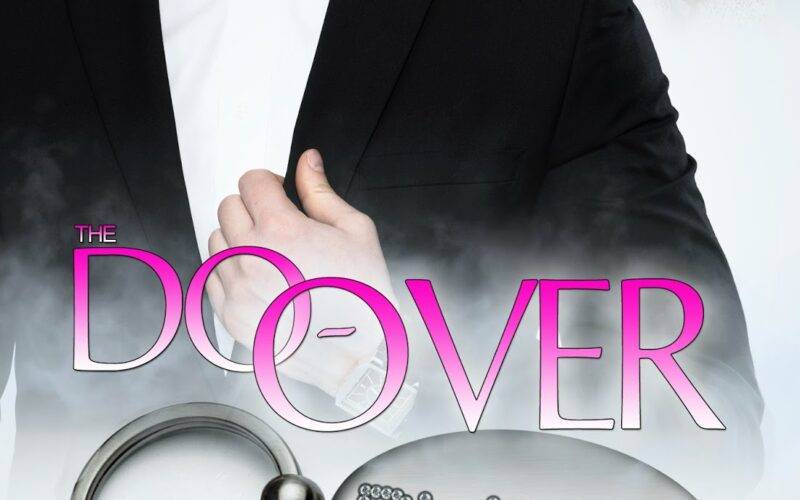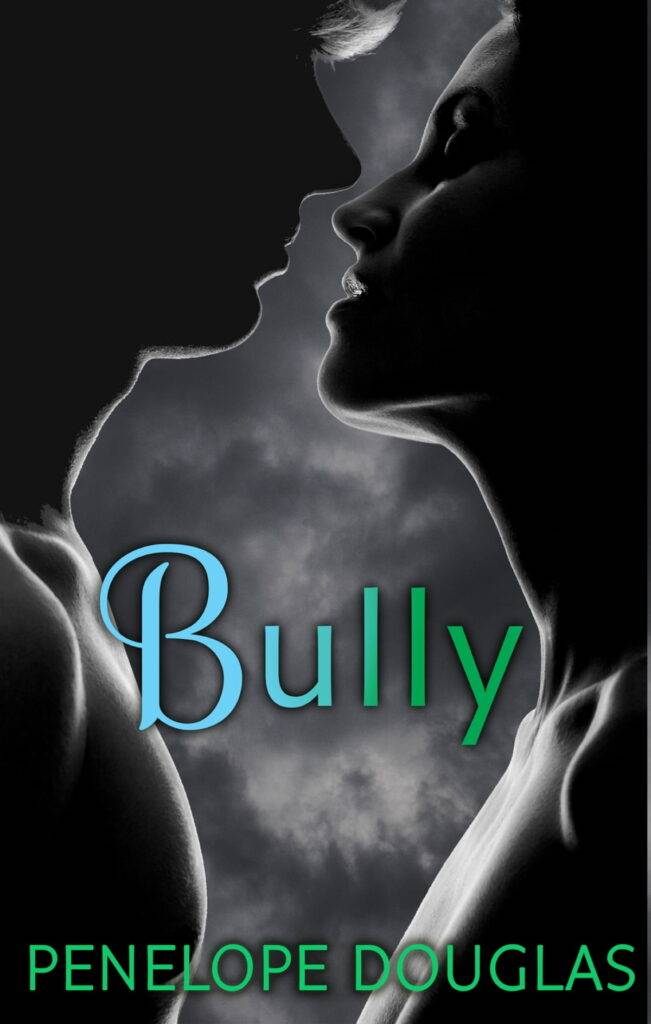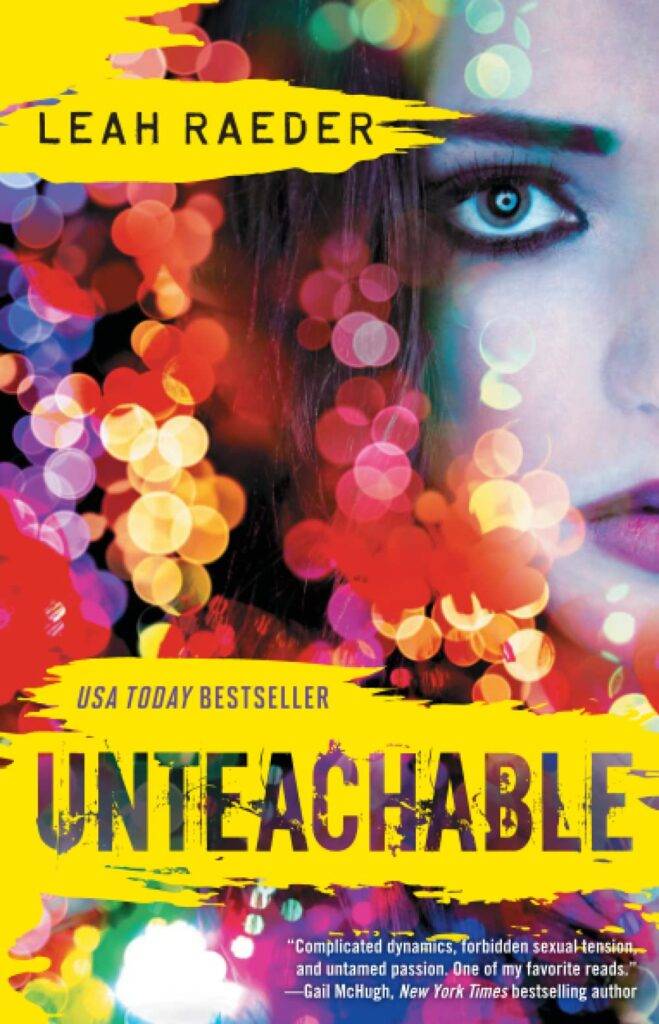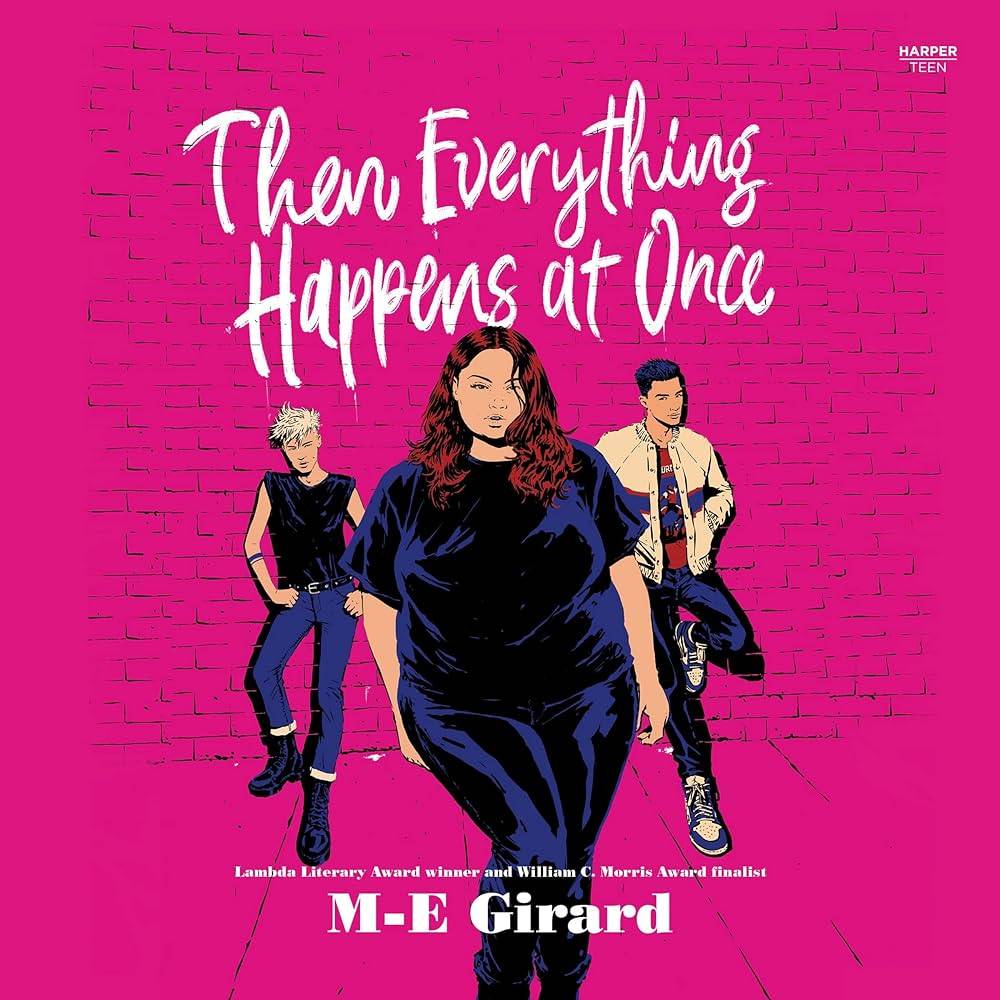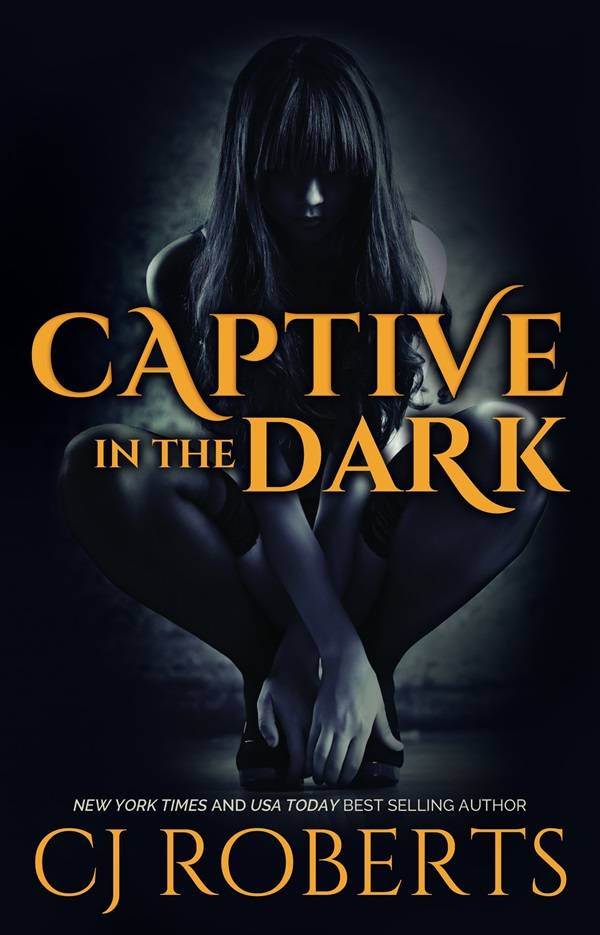Under the umbrella of romance novels exists a list of tropes, from the fun enemies-to-lovers to exciting fake dating trope. These elements are essential to move the story forward, adding much-needed tension and intrigue as they move.
However, just like good romance tropes exist, there are tropes that are utterly cringey. These tropes, ranging from accidental pregnancy to Stockholm syndrome, are problematic in more than one way. And it is uncomfortable to see many romance books adopting these tropes casually without a care in the world!
Want to steer clear of these tropes while diving into the world of romance? Here are the cringiest tropes for you to avoid.
-
The Makeover
The makeover is one of the most common tropes in romance and, sometimes, in other genres as well. The main character is usually nerdy – with glasses – awkward and picked on. Something happens that triggers them into transforming into a beautiful, sexy individual, i.e. someone desirable. Suddenly, the neglected one becomes the centre of attention, turning out to be smart, beautiful and popular.
This makeover is a great plot device, letting the writer take the romance to the next level. But it also advocates that you are beautiful and interesting only when you look a certain way. If the character has, let’s say, frizzy hair or crooked teeth or dresses in an unprovocative way, then they are unattractive.
Using societal beauty standards to make someone desirable is wrong, especially when humans come in various looks, sizes, and shapes. And the way it puts such importance on physical appearance is one of the main reasons why it’s so cringy.
Novels to avoid read: The Do-Over (M.K. Schiller), The Princess Diaries (Meg Cabot), Seducing Cinderella (Gina L. Maxwell).
-
Girl Falls for the Bully
Many books, mostly hardcore romance or erotic novels, put the man in the same, overused mould. He is a wild, rude, and cold person who manages to bully and fall for a woman. For example, Mr. Darcy is aloof and proud, Christian Grey is absurdly dominant and cold, and Heathcliff sometimes seems evil incarnate. But despite their bullying tendencies, Elizabeth, Anastasia, and Catherine still fall for them respectively,
The problem with this trope is that bullies are glorified, and their actions are justified because they like the girl. Their obviously problematic and abusive behaviour is taped with the line he is behaving like that because he likes you. Moreover, it reinforces the belief that only a good girl – aka the reader – can make the bad boy change his ways.
This cringy trope, that throws bullies in an appealing light, needs to calm down. Because a bully is still a bully, and no amount of coaxing and loving can find you a happy ending with them!
Novels to avoid read: Bully (Penelope Douglas), Beautiful Disaster (Jamie McGuire), Vicious (L.J. Shen).
-
Student-Teacher Romance
Everyone knows the infamous romance of Ezra and Aria (Ezria), one of the central pairs in Pretty Little Liars. Even when they were on and off throughout, Ezria came across as the most stable and very much-in-love couple. And yet, while they were amazing, it simply doesn’t change the fact that their relationship started as a student-teacher romance.
Student-teacher pairings are commonly spotted in romance books, mainly because of the taboo quality they give the story. The minor student crushing on the teacher is one thing, but when the adult teacher falls for the student? Or even initiate? Now that is when the problem starts. Such a relationship displays grooming, predatory behaviour and an obvious power imbalance due to their age difference and consequent maturity levels.
As if this wasn’t enough, the student and the teacher make sneaking around the rules of the educational institution look hot when it’s the exact opposite. Moreover, their relationship faces resistance from parents, taunts, and arguments over maturity and understanding. In simpler words, student-teacher romance is cringingly not worth it!
Novels to avoid read: Unteachable (Elliot Wake), The Unrequited (Saffron A. Kent), Voyeur (Fiona Cole).
-
Accidental Pregnancy
Books with accidental pregnancies use babies as a way to make the main characters fall in love. Usually, the protagonists have one-night stands – or are on the verge of breaking up – and have no connection whatsoever. But then, a baby comes along, forcing the two to be in each other’s lives for co-parenting. Instead of instant attraction, feelings develop gradually, becoming a happy family by the time the baby arrives.
Though accidental pregnancy makes for an amazing plot development, babies are not a mere plot device to fuel romance. It’s because pregnancies and babies are exhausting to the one who sees it through. But these books still continue to oversimplify the entire process, where everything, apart from their relationship, is trivial. And that also includes pregnancy challenges.
Moreover, the trope has also become cringingly predictable. As soon as there are hints of pregnancy, you know the protagonists are bound to get together by the end. This robs the book of originality and, thus, fails to intrigue the readers.
Novels to avoid read: The Billionaire’s Legacy (Reese Ryan), Pregnant by the Playboy (Jackie Lau), The Marriage Bargain (Jennifer Probst).
-
Awful Exes
The terrible ex is a staple in most romance novels – if not all. There is always one person, often a crazy ex-girlfriend, who brings in the conflict to the otherwise hassle-free romance. They have manipulation, gaslighting, and misunderstandings in their arsenal, which they use freely throughout the romance. In fact, whatever stage the main characters are at – from first meeting to becoming a couple – the ex is there to sabotage!
The obvious problem with colouring the ex as an awful, terrible person is the stereotyping. Breakups can happen because of incompatibility, falling out of love, or any other sane reason. In these romance books though, these one-dimensional characters are absolute evil, in love with the protagonist, and unrealistic. Yet, how else will the plot move forward if there is no obsessive, violent ex?
Admittedly, the awful exes do give a dramatic flair to what could be an ordinary romance. However, it has been overused enough to make it boring and cringe!
Novels to avoid read: From Rags (Suzanne Wright), Second Down Darling (Lex Martin), Trusted Bond (Mary Calmes).
-
Love Triangles
Love triangles don’t require definition – it is when the protagonist has to choose between two potential love interests. Sometimes, the protagonist may already be in a loving relationship with one of the love interests. But then, the other comes along, throwing the main character into dramatic confusion.
Apart from it making the protagonist feel special for a while, there’s nothing remotely fun in this trope. In fact, love triangles are cringeworthy for many reasons. It creates an unnecessary struggle for everyone involved, delays the romance – which is the very essence of the book – and brings competition in love. In the case of third bulldozing into an established couple, love triangles are an awful insult to their relationship.
Moreover, since the protagonist has to choose, one from the trio always gets their heart broken. Their story takes a sad turn, which may overshadow the happiness of the couple, especially if you were rooting for that character.
Though, newer romance novels and fanfictions have found the perfect solution – a throuple, instead of a love triangle!
Novels to avoid read: Maybe Someday (Colleen Hoover), The Love Match (Priyanka Taslim), Then Everything Happens at Once (M.E. Girard).
-
Miscommunication
If you are reading a romance novel, there is more than enough possibility of it having the fabled miscommunication trope. It is when the two characters miss saying something vital to the other or forget to give proper context. This miscommunication leads to misunderstandings, which results in heart-breaking situations.
Some stories also have this trope as the basis of relationships – the only thing letting the characters fall for each other. As you can imagine, there are elaborate lies, guilt, grovelling, and mistrust sprinkled in plots with this trope.
Miscommunication is made cringy not only because of it being overused but also because of its redundancy. How can the protagonists act childish on topics that can easily be resolved with clear talk? It’s absolutely frustrating because all you want to do is bash their heads together and yell at them to talk. But they are just characters, and you are just a reader, and all you can do is hate the trope!
Novels to avoid read: Love and Other Words (Christina Lauren), Normal People (Sally Rooney), The Love Hypothesis (Ali Hazelwood).
-
Stockholm Syndrome
Stockholm syndrome is when, in a kidnapping situation, the victim develops a positive opinion and psychological dependency on their captor. Romance novels take this event and give it a startling twist by adding a romantic angle. As a result, you can expect the story to have a (often male) captor, a (often female) victim, and a dark and disturbing love story.
Unfortunately, this trope has trickled in many romance stories into different shades. Bella fell for Edward when he confessed to restraining himself from killing her. The beast thawed the heart of his Belle, his victim, with his gentleness. And going even way back, Persephone loved Hades back after being kidnapped and taken to literal Hell!
The issue with this trope lies in the fact that something serious is turned into a tool for romance. The real experience is traumatic, at the very least. But the books take that experience, warping it to make it glamorous and romantic. This misinterpretation also normalizes abusive, unhealthy relationships, making the trope more dangerous than cringy.
Novels to avoid read: Captive in the Dark (C.J. Roberts), Stolen (Lucy Christopher), The Good Girl (Mary Kubica).
Final Words
Admittedly, dividing tropes into pleasing and cringey is a subjective topic. In fact, you may totally like books with accidental pregnancies or usually go for novels with the makeover trope. And yet, these tropes are some of the worst romance books readers have seen. Not only because they have disturbing themes but also because of how many times they’ve been recycled. The

